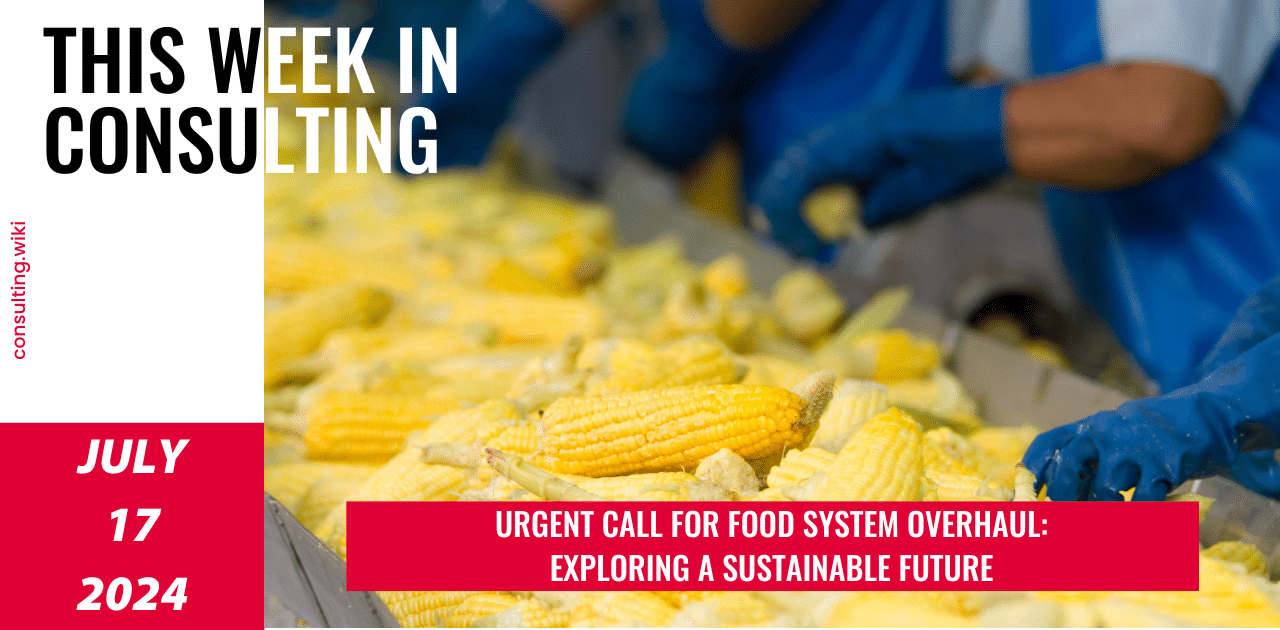
The Savvy Structure and Approach to the Top 3 Dimensions in Managing a Consulting Project
“A good plan can help with risk analyses, but it will never guarantee the smooth running of the project.” – Bentley and Borman
Managing a Consulting project is like being a conductor. You direct the performance of all the orchestra players into producing their best. But what does that mean, really? Let’s have a more analytical look at the various parts and the roles of each player.
The first step is always to define how you will organize to manage the project.
Staff your Consultancy

A project usually starts with defining your Project Needs. The definition of the needs also called Requirements, is the first, and one of the most valuable steps in the process of procuring goods and services.
When you are ready to launch a major project internally, these are the main steps you will take.
You define the scope, appoint a project leader, secure the resources, and prepare the work plan. You also define the governance of the project, including the Steering Committee and the main milestones. In other words, you organize to do the work and to steer the project.
- Consulting services are intangible – It’s important to keep that in mind, and managing a project is a crucial part of the process to obtain the results you expect. The intangibility of the service coupled with the volatility of the business environment, makes it highly improbable that a project will unfold just as expected. Plus, the longer it is, the more likely it is to change.
- The importance of governance – The governance defined for the project should be part of the proposal and the contract signed by the winning consultant. Outsourcing a significant share of the work to external resources doesn’t change the fact the project is important if you decided to allocate funds to it.
Most Consulting projects consist of 3 main dimensions that must be well managed to secure its success:
- Managing Stakeholders
- Managing the Project
- Managing Change
Once you project governance is organized, your next move is to make sure that you align the Key Stakeholders. You need to get the key players on board with the project. This initiative can take various forms. However, it always starts with why you launched the project and what benefits you expect for the business. Change practitioners would refer to it as the rationale for change. As there isn’t always an imminent change associated with a consulting project, we could refer to it as a rationale for the project.
Have they understood what you are trying to accomplish, and do they agree on the principles? Even if they may have doubts, are you sure that they will support the approach and provide what is needed from them? It may sound obvious, but a lot of projects are failing at this stage. A new executive decides to launch a project but does not embark the other members of the management team and ends up quite alone when execution time comes.
Communication with the Key players is quite important throughout the project.
Whether they are senior executives that should be aware and supportive of the approach or contributors that will have a role to play in the course of the project, this communication needs to articulate why the project is launched, what are the objectives and what is expected from the various stakeholders.
Your communication has to be aspirational and motivate people to act and contribute.
Once the stakeholders are aligned and supportive, you need to put in place classic project management best practices, and address at least the work to be done, the role of the project members, and the governance for the project.
A work plan is usually a good place to start.
The foundation for any good project management is to break down the work to be able to deliver what the project is supposed to. The work plan also provides a backbone for structuring the activities and monitoring if everything is unfolding according to plan. Complex projects can require detailed project planning and interdependency management. For most projects a critical path analysis showing the various workstreams and associated milestones should suffice.
You will very often start with a phase of information gathering, then phase of analysis, a series of meetings with the client, and the development of the report to be presented in the Steering Committee. When working on a consulting project, ask to review the detailed work plan in the early stages of the project and come back to it regularly.
The work plan should be associated with a breakdown of the resources required during each phase to complete the work successfully.
Let’s see who is supposed to do what. You can usually identify two teams within the project. The client’s team and the consultant’s. Even though both teams have to work together efficiently, the roles of the various team members can differ significantly.
- Roles within the consulting team –
Within a consulting team, you usually have a pyramidal set-up. At the top you will find the relationship partner. Then you will find a production partner, a project manager, and junior consultants. Depending on the size of the project the activities can be combined through fewer individuals, but the roles remain.
For small projects, this role and the principal’s role are often merged. Consultants are handling the heavy lifting during a consulting project. Performing interviews, handling quantitative analysis, formalizing the deliverables, etc.
Teams can be made of consultants or analysts, depending on the firm’s set-up. Experts are brought into projects to provide specific expertise on a given topic. They are usually spotted resources on the project and intervene only during interviews and workshops.
Note that Experts often serve as differentiators during the proposal stage and do not necessarily contribute afterward.
Now let’s make sure that your set-up as a client enables efficient management of the project.
- Roles within the client team –
In the client’s team, you often have a budget owner that funds the project and a sponsor, a senior Executive that endorses the work. These two roles can be merged, especially on small or scope-limited projects.
The daily team is made of a project manager, responsible for the daily progress of the project in close connection with the consulting team and Project Stakeholders, individuals interested directly or indirectly in the results of the project. They can be contributors or those that just need to be informed.
Most consulting projects have two governance bodies: one to drive the day-to-day activities of the project and one to steer the project and make major decisions.
The Steering Committee is the project’s ultimate decision-making body. It provides direction, support, and oversight as the project progresses. You should gather those main stakeholders that are real decision-makers. Don’t include too many people. It might be tempting to involve all the people impacted by the project to keep them informed, but the project would quickly become ungovernable.
The president of the Steering Committee is, most of the time the sponsor of the project, and the organizer is the internal project manager. In other words, don’t let the Consultants manage the Steering Committee. They have to support the internal project manager, not the other way around.
Five members for your average project seem to be reasonable. But the optimal number will depend on the size and the nature of the project.
Indeed the same applies to Steering Committees! They work better when there is a more cohesive environment.
The Project Management Committee is usually a recurring meeting between the client team and the consulting team. Frequency is often weekly but can vary depending on the nature of the projects.
The third important dimension for effective project management is change management. This dimension is often overlooked or underestimated. Even today, a lot of people tend to believe that effective communication will do the trick. If we develop it, they will use it. If we teach them, they will buy-in. Well, things are a little more complicated.
The first step when looking at change management is to anticipate why change can be difficult. Depending on your project, people can refuse to accept the conclusion or passively resist the implementation of the new Customer Relationship Management system.
So place yourself in the shoes of the impacted stakeholders and try to anticipate why they would be resisting. They might be anxious about the security of their job, could have a feeling that their power within the organization will reduce or that the project will challenge their legacy.
For long projects with a significant change dimension, include change reinforcing elements in your communication. For instance, you can communicate on early successes and progress. It will help to keep the momentum.
Most consulting projects are going beyond pure transactional activities and will include a human dimension. Even though you want to keep your distance with your providers, you also need to maintain a close collaboration with the consulting team, to be able to discuss any topics and issues and take prompt action.
Ready to get started on your next project?
Need a fresh point of view? We will be happy to help.
Please give us a call today at no obligation. Let’s get the conversation started
Hélène Laffitte is the CEO of Consulting Quest, a Global Performance-Driven Consulting Platform and author of “Smart Consulting Sourcing”, a step by step guide to getting the best ROI from your consulting. With a blend of experience in Procurement and Consulting, Hélène is passionate about helping Companies create more value through Consulting.




